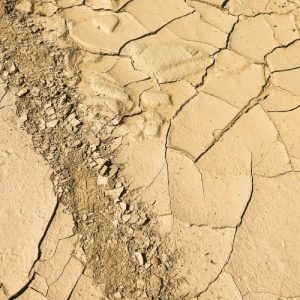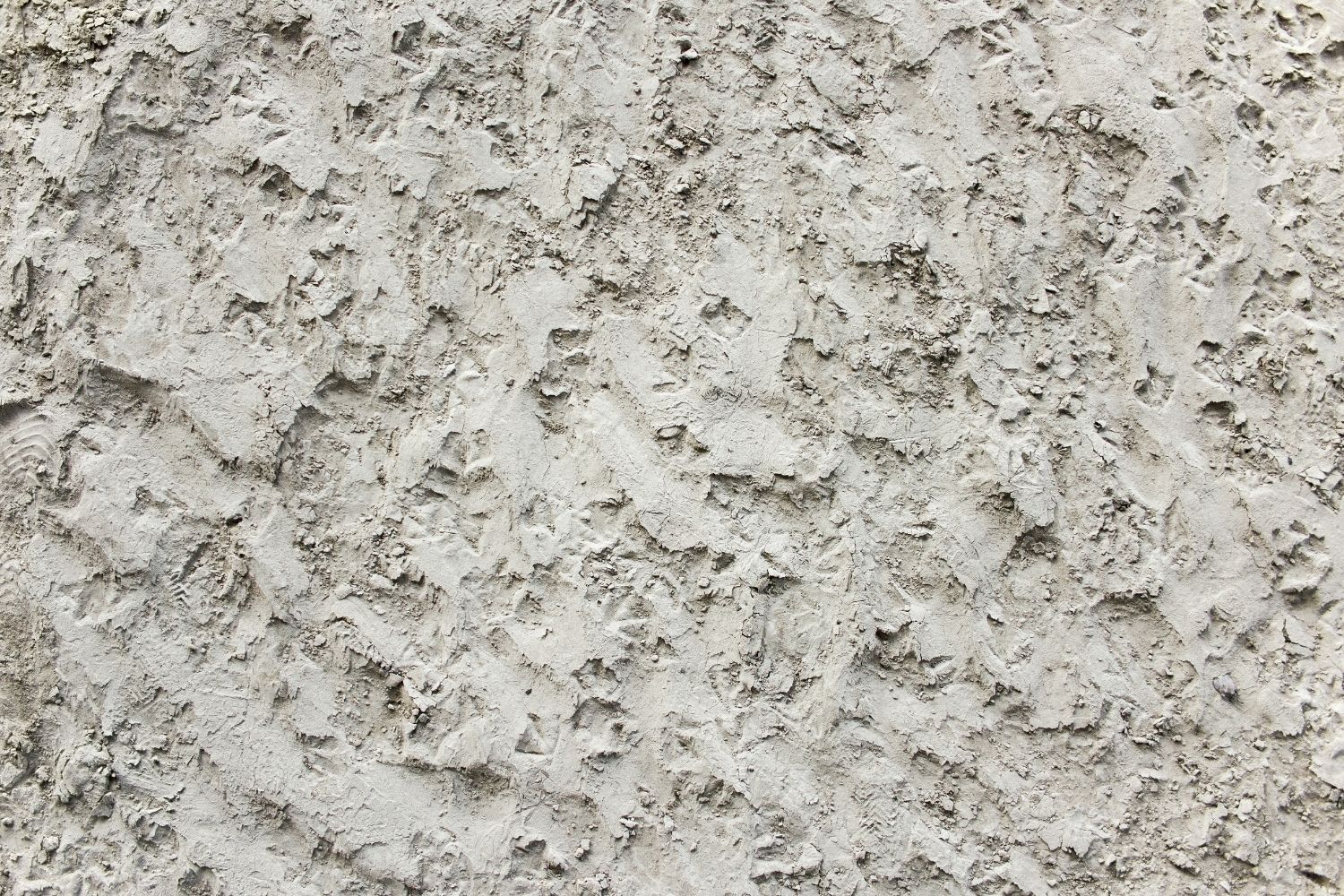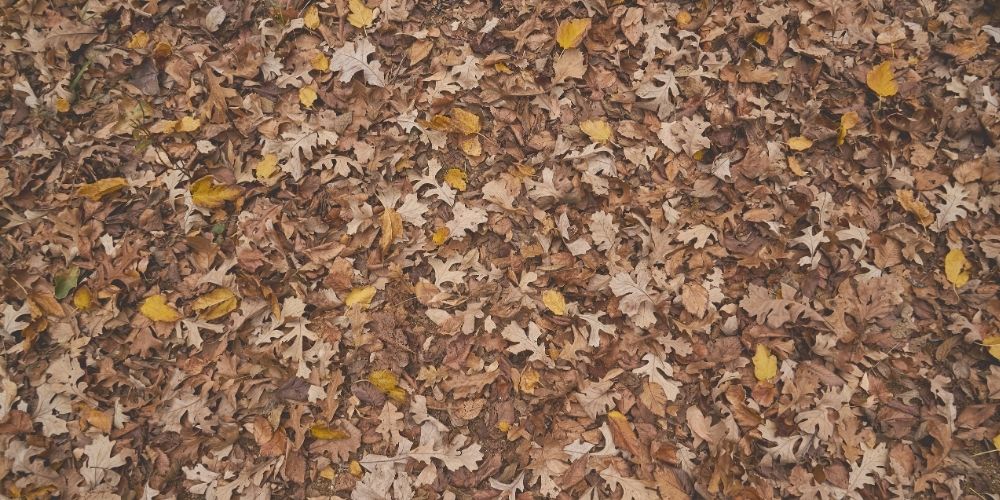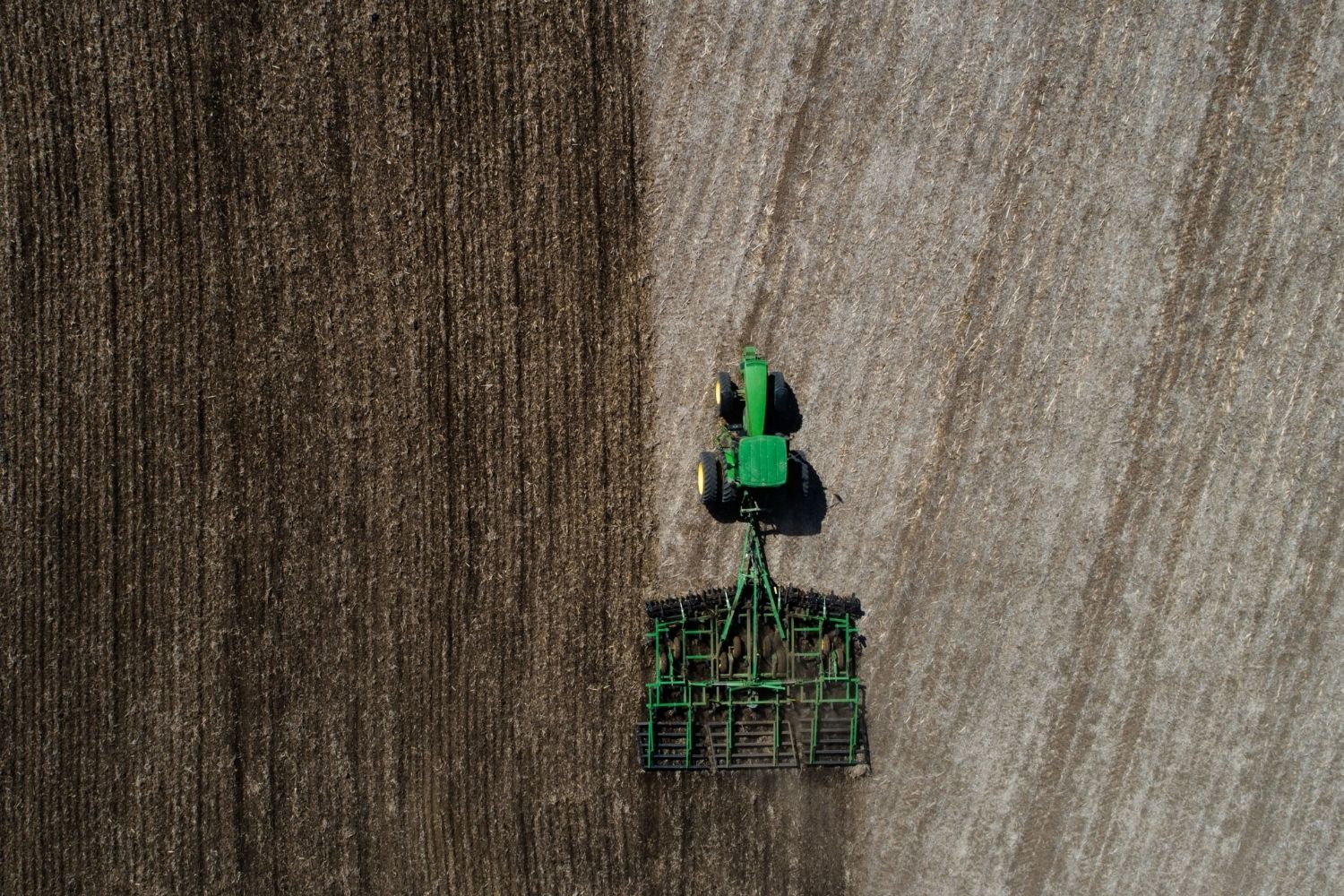Is clay soil easier to dig wet or dry? Drought and famine have been a way of life for some areas, but there are times when it rains nonstop.
What is the best time to dig clay soil?
Soil type tends to be more of a personal preference, but digging in dry clay soil can get tricky. A lot of tools used for digging get stuck because they won’t penetrate the dry top layer. It can be difficult to thrust a shovel into damp clay soil, so it is much easier to do so in wet conditions.
If digging in wet clay soil, make sure it hasn’t been raining too hard. Wet soil is typically near stagnant water, which means it could have more contaminants that may harm your garden or plants. You will get your best results digging in dry clay soil that hasn’t been rained on for at least a couple of days to allow it to regain its shape.
Using a shovel with the appropriate blade size is also vital for digging in any soil. For smaller projects, using a small-bladed shovel is ideal. A small-bladed shovel is usually five to nine inches wide, which allows for more control, better precision, and less wear and tear on your body. Digging in clay soil with a small-bladed shovel will require less effort from you when doing the task at hand.
When digging in clay soil, use a spade instead of a regular shovel because they are designed for digging in moist or wet soil. This will allow you to get into the ground much easier and cut through the surface of clay soil like a knife would slice through warm butter. If you need information on how to use a spade correctly, look online, and you’ll find many tutorials that can help guide you in the right direction.
Using a power tool is another viable option for digging in clay soil. Some people have the luxury of owning a bobcat which makes this type of task much easier. However, if you don’t own one yourself, renting one would be your next best bet if you need to dig in clay soil quickly.
A small backhoe will also allow you to dig into clay soil with relative ease and then be on your way. Yes, it is expensive to rent these types of tools, but if you’ve got the money and time, they can get the job done right while saving you a little physical labor.
If you don’t have the money to rent a bobcat, small backhoe, or power tools, you can use your manpower to dig in clay soil. It’s not as easy as using one of these four types of tools, but it can be done if need be.
Tools to dig a dry clay
- A spade, even if it is bigger than 5.”
- A broomstick with the bristles removed (the bristles can act like rebar in clay)
- Shovel w/ small blade- about 7 to 8″ wide
Tools to dig a wet clay soil
- Spade w/ long handle (more of a pusher)
- Curved shovel w/ small blade- about 6″ wide
- Shovel w/ sharp points on the back edge (more of a hook) 4. Broomstick w/ bristles removed
- A Power Tool. Note: If you are using a power tool, make sure you have a good blade.
Why dig in clay?

Clay soils are able to absorb more than twice their weight in water. This is great for the plant but not so good for your shovel! Clay soil will stick to any surface it can cling to, whether that be tools or even goatskin boots. Digging in clay soil during drought conditions will yield a lot of benefits for moisture retention.
Clay soils are harder to work with as their stickiness can damage tools and ruin your plans for a nice garden. The best time to dig clay soil is before the first rainfall of the day, after driving over it and compacting it under the wheels. Digging clay soil at night will be much more difficult because it has had a chance to dry out overnight, making it even stickier.
What to do when you find clay?
If you are fortunate enough to live in an area that has good thick clay soil ready for planting, make sure, you harvest it like a gold mine! Don’t use any chemicals on this type of soil because the chemicals could leech into your plants, making them unusable. Instead of chemicals, organic methods like using mulch would be the best way to prepare your clay soil before planting anything. Once you plant your seedlings or seeds, make sure to increase the amount of water you give them compared to other types of soil. This is because clay soil is tough to penetrate, and water helps the soil become looser, allowing for better airflow and drainage.
- Here’s How to Prepare Soil and Compost For Roses
- What kind of soil do Lemon Trees need?
- The Easiest and Fastest Vegetable to Grow
Clay soil has its benefits as well as disadvantages. It is easier to dig during drought times but harder to prepare before seeding your plants or digging trenches. You can always opt to use a power tool or hire someone else who has their equipment to dig for you if your clay soil becomes too much to handle.
Conclusion
Clay soils are easier to dig when wet and harder when dry, especially compared to other soil types such as loam or sand. Try putting down a bed sheet before digging in the area you want. This will help show you how far your shovel is traveling into the ground. This will save you time and energy because you can tell right away if your digging is affecting the clay or not.















